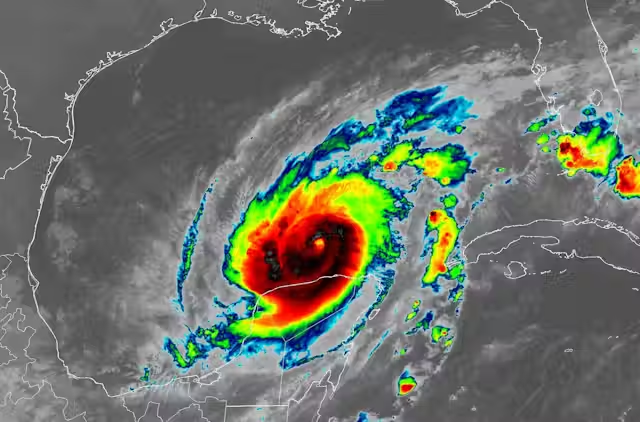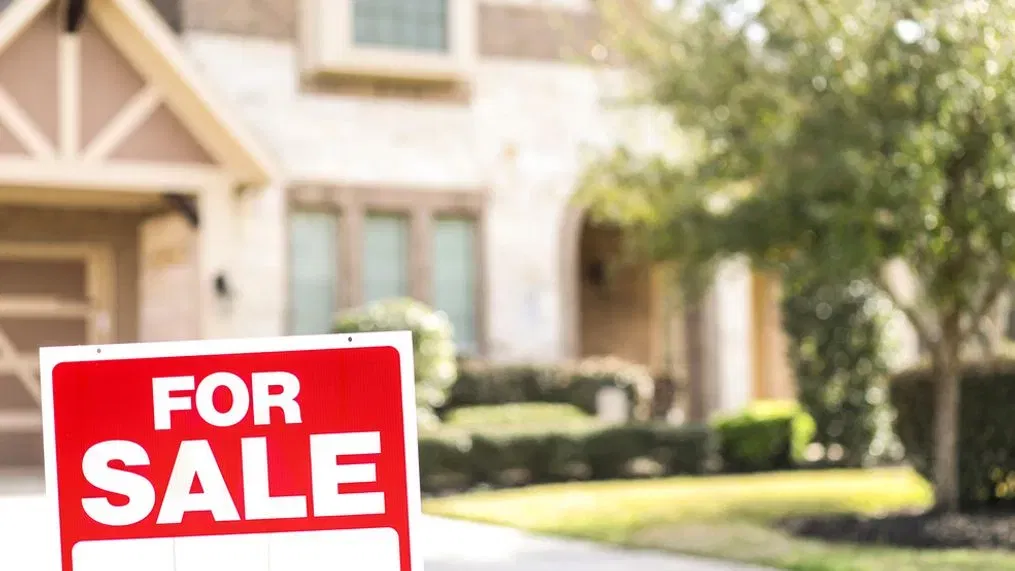Buying or selling a home can be an exciting and rewarding experience, but it can also be a bit overwhelming—especially when it comes to the final step in the process: closing. While you might feel like you’ve crossed all the major hurdles, closing is where the deal truly comes together. Understanding what to expect during this critical time can help ease any nerves and make the experience go smoothly.
In this post, we’ll walk you through the closing process step by step so you know exactly what to expect and can feel confident when the time comes. Whether you’re a first-time homebuyer or seasoned seller, having a clear understanding of what happens during closing will help you stay on track and avoid any surprises.
What Is Closing?
Before we break down the steps, let’s take a quick moment to understand what closing actually is. Simply put, closing is the final stage in a real estate transaction where ownership of the property is officially transferred from the seller to the buyer. At this point, the purchase agreement has been finalized, financing has been secured, and all the paperwork is signed.
Closing is a significant event because it’s where both parties fulfill their contractual obligations. For buyers, it’s the moment they officially become homeowners. For sellers, it’s when they hand over the keys and walk away with the proceeds from the sale. But before you get there, there are a few key tasks and documents that need to be handled.
Step 1: The Closing Disclosure
A few days before closing, the buyer will receive a document called the Closing Disclosure (CD) from their lender. This document provides a detailed breakdown of all the financial aspects of the transaction, including the final loan terms, closing costs, taxes, insurance, and other fees. It’s essentially a “last call” to double-check the numbers before everything is finalized.
Take the time to review this document carefully. The Closing Disclosure will include the total amount you owe, the amount of your down payment, any adjustments for property taxes or insurance, and any fees associated with the loan. If anything seems off or unclear, don’t hesitate to ask your lender or closing agent for clarification.
The rule of thumb is that you must receive the Closing Disclosure at least three days before your closing date. This gives you time to go over the details and make sure everything aligns with what you agreed to in the earlier stages of the process.
Step 2: Final Walk-Through
Before you sit down at the closing table, there’s one important step you shouldn’t skip: the final walk-through. This is the buyer’s opportunity to inspect the property one last time before the deal is completed.
The walk-through is typically scheduled for 24 hours before closing. The goal here is to ensure that the property is in the condition agreed upon in the contract. You’ll want to verify that any repairs the seller promised to make have been completed, that no new issues have arisen, and that the home is free of any personal items the seller was supposed to remove. You should also confirm that all appliances and systems (like the HVAC) are functioning properly.
If you find any issues during the walk-through—say, something wasn’t fixed or there’s unexpected damage—you can request that the seller make repairs before closing, or negotiate a credit to cover the cost of repairs. Once the walk-through is complete and everything looks good, you’re ready to move forward to the closing table.
Step 3: Signing the Paperwork
Now comes the big moment—the closing day itself. You’ll head to the closing meeting, where all the paperwork for the transaction is signed. This typically happens at the title company, real estate office, or an attorney’s office, depending on your location. If you’re the buyer, you’ll be joined by your real estate agent, a closing agent, and possibly your lender. The seller might also attend the closing or sign the documents in advance.
At this meeting, you’ll be asked to sign several important documents. The bulk of the paperwork will be related to the loan, the deed of trust, and the property’s title. Be prepared to sign your name a lot—closing documents are legally binding, so it’s essential to read everything carefully before signing.
The documents you’ll sign will include your mortgage agreement, which outlines the terms of your loan, and the deed, which transfers ownership of the property. If you’re financing the purchase, you’ll also be signing documents related to your lender’s requirements.
For sellers, the key document is the deed, which officially transfers the title of the property to the buyer. The seller may also sign forms related to paying off any existing mortgage or liens on the property.
Step 4: The Money Exchange
One of the most crucial parts of closing is the exchange of money. The buyer will need to bring a cashier’s check or wire transfer to cover the down payment, closing costs, and any other fees associated with the transaction. Your lender will also contribute the funds for your mortgage, but the buyer’s portion must be paid upfront.
Closing costs can range from 2% to 5% of the loan amount, so it’s important to budget for these expenses. These costs include things like title insurance, appraisal fees, inspection fees, and recording fees. Your closing agent will give you a final tally of what’s due, so you can be prepared.
Once the funds are exchanged, the title company or closing agent will distribute the money. The seller will receive the proceeds from the sale, minus any mortgage payoffs or other deductions. If you’re a buyer, this is when you’ll officially pay for the property.
Step 5: Transfer of Ownership
Once all documents are signed and the funds have been exchanged, the closing agent will record the deed with the county recorder’s office. This is what officially transfers ownership of the property from the seller to the buyer. In some cases, the buyer will receive a copy of the deed at the closing table, but the official recording happens after the meeting.
At this point, you’re the official owner of the property, and the seller’s responsibility has ended. You’ll receive the keys to your new home, and you’re free to move in! If you’re the seller, you’ll hand over the keys and any other necessary documents (like garage door openers or home warranties) to the buyer.
Step 6: What Happens After Closing?
Once closing is complete, the transaction is essentially over. However, there are a few things that may happen after the fact. For the buyer, you’ll need to notify utility companies to start services in your name, set up homeowners’ insurance, and make sure your mortgage payments are scheduled on time.
For the seller, after the transaction is recorded, you’ll receive the proceeds from the sale. This can be in the form of a check or wire transfer. If you have an existing mortgage, the closing agent will pay off the balance from the sale proceeds, and you’ll walk away with the difference.
Both parties should also be aware of the timeline for property taxes. Depending on when the closing occurs, there may be a pro-rated amount for property taxes that needs to be settled. This will be outlined in the closing disclosure, and it’s just another part of the process that ensures both buyer and seller are on the same page.
Closing Is Just the Beginning
Though closing can feel like the end of a long journey, it’s really just the beginning of a new chapter. For buyers, it marks the start of homeownership, and for sellers, it’s a fresh start with proceeds from the sale in hand. Now that you understand the steps involved in closing, you can go into the process with confidence and peace of mind.
Remember, it’s normal to feel a bit anxious during closing. After all, it’s a big deal! But by understanding what to expect at each stage and preparing ahead of time, you can ensure everything goes smoothly. Whether you’re buying or selling, closing is the final hurdle, and once you’ve crossed it, you’ll be ready to move forward into your new home or your next adventure.





